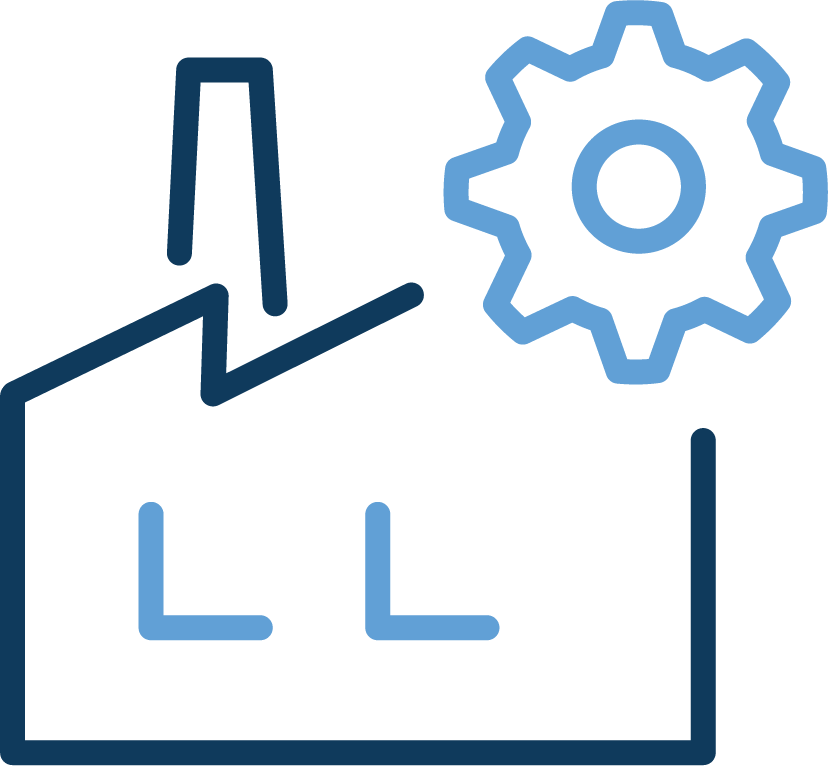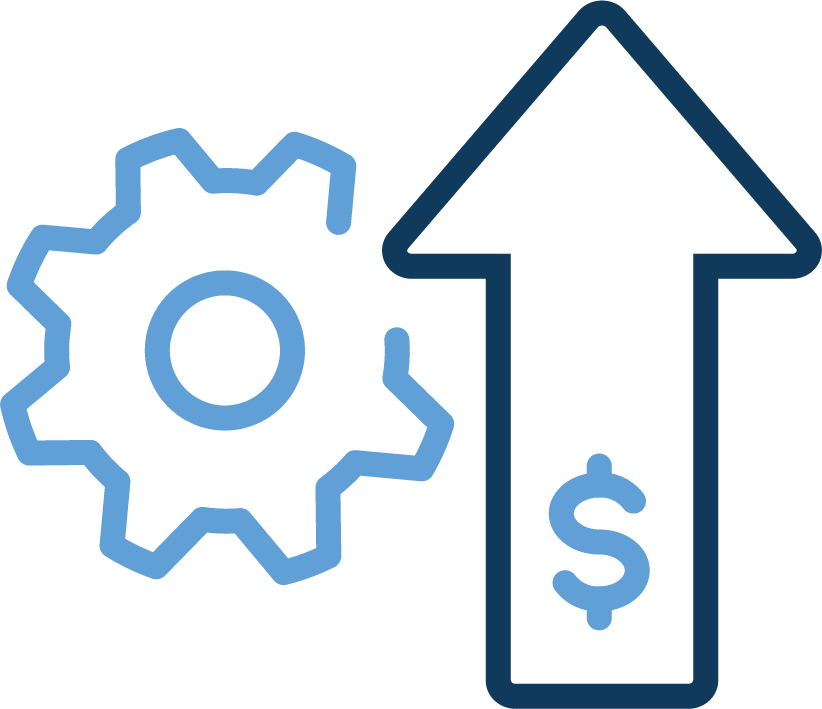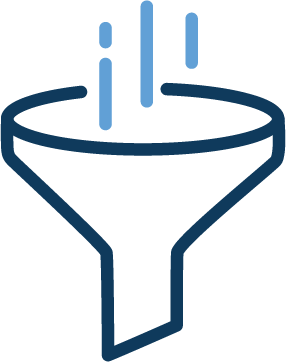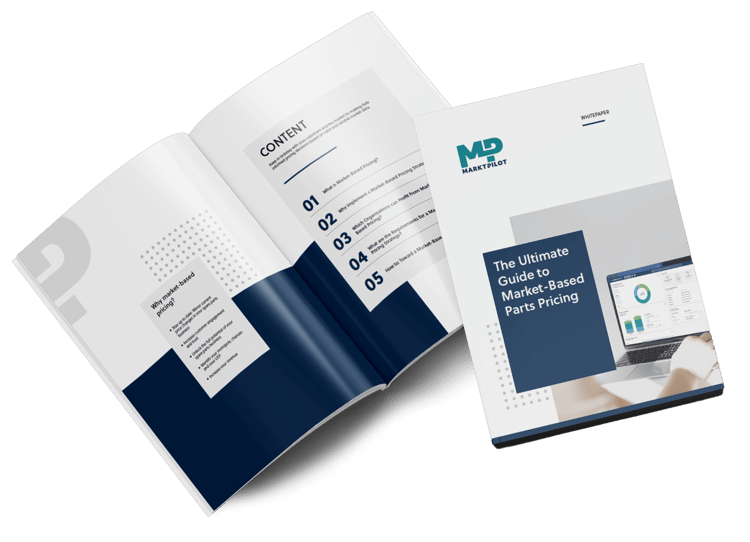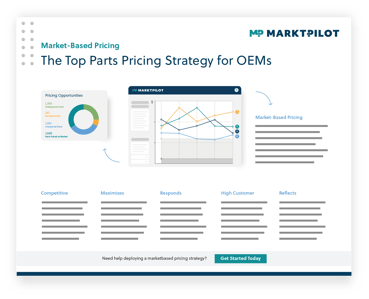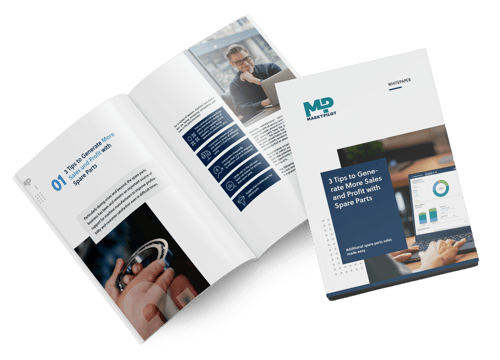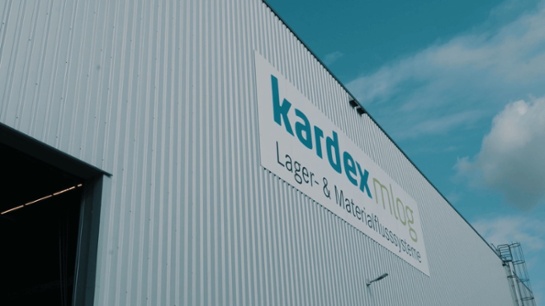Machine manufacturers typically generate more than 60% of service revenues from spare parts.
However, around 73% of their commercial spare parts have the potential for price increases - the result: lost sales. These include parts priced below market levels and parts with exclusivity positions, for which customers can hardly find an alternative source of supply.
To summarize: a manufacturer with annual sales of 30 million euros usually has an untapped sales potential of 4 to 6 million euros and the opportunity to increase its profit margin by 9 to 21%.
The following three tips will help you identify this lost revenue growth potential and realize it in practice.
